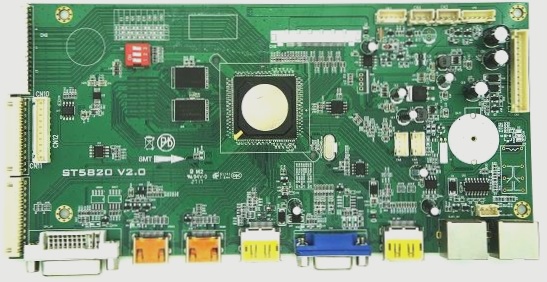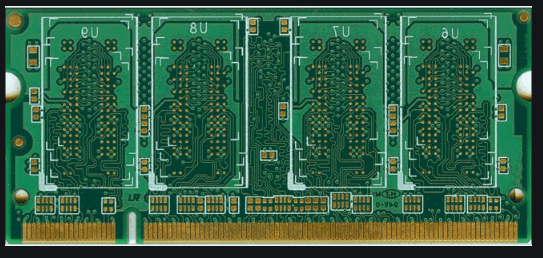Tin Dipping Effect and PCB Surface Tension Insights
Tin Dipping and Metal Alloy Formation
Discover the process of tin dipping in PCBs where solder and copper create a new alloy through intermolecular bonds, crucial for strong weld joints. Learn how surface cleanliness and temperature impact effective tin staining.
Understanding PCB Surface Tension
Explore the concept of surface tension in PCBs, analogous to water’s behavior on a greased metal plate. Find out how surface tension is influenced by cleanliness, temperature, and the role of flux in achieving optimal tin staining.

Metal Alloy Co-Compounds in PCBs
Learn about the generation of metal alloy co-compounds in PCBs through the intermetallic bond between copper and tin, affecting the quality of welding points. Discover the impact of heat intensity and duration on crystal structure and shear strength.
Tin Dipping Angle Insights for PCBs
Gain insights into the tin dipping angle of PCBs, indicating the wettability of tin on metal surfaces. Understand the significance of the solder meniscus shape in determining optimal weldability for PCB components.
Need PCB Manufacturing Services?
If you are looking for reliable PCB manufacturing services, look no further! At Well Circuits, we offer high-quality PCB fabrication tailored to meet your specific requirements.
From prototype to production, our experienced team is here to assist you every step of the way. Whether you need a standard PCB or a custom design, we have the expertise to deliver top-notch results.
Don’t settle for anything less than the best when it comes to your PCB needs. Contact us today and let us help you bring your project to life.



